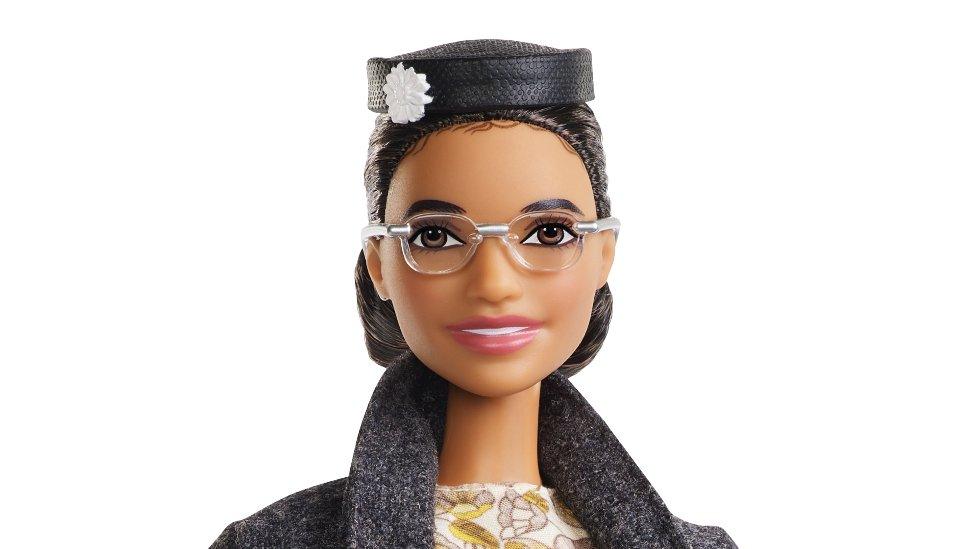Is Barbie's makeover working?
- Published

First launched in 1959, Barbie has been getting a makeover
When Lisa McKnight was growing up in California in the 1970s, her favourite Barbie toy was Malibu, the 1971 doll that cemented Barbie as a leggy blonde bombshell.
Now, as a senior executive at Barbie, Ms McKnight is leading a charge to explode that image.
First to go were the heels: a flat-footed Barbie arrived in 2015. Since then Mattel, which owns the brand, has flooded the market with new dolls, adding more than 100 body types, skin tones, hair textures, facial shapes and eye colours.
The firm has expanded its careers line - adding a judge and astrophysicist, among others - and released Barbies in the image of famous women such as civil rights activist Rosa Parks, UK boxer Nicola Adams and fencer Ibtihaj Muhammad. Ken also got a update.
This year has seen a blitz of 60th birthday events aimed at showcasing Barbie's evolution from big-busted babe who complained, infamously, that her "math class is tough" into a woke, 21st century role model who speaks out in support of issues like gay marriage.
"Barbie's always been at her best when she is a reflection of culture and when she's connecting to culture," says Ms McKnight, senior vice president of Barbie and Mattel's global head of dolls. "We've made a real concerted effort over the past few years to ensure that Barbie is keeping pace."
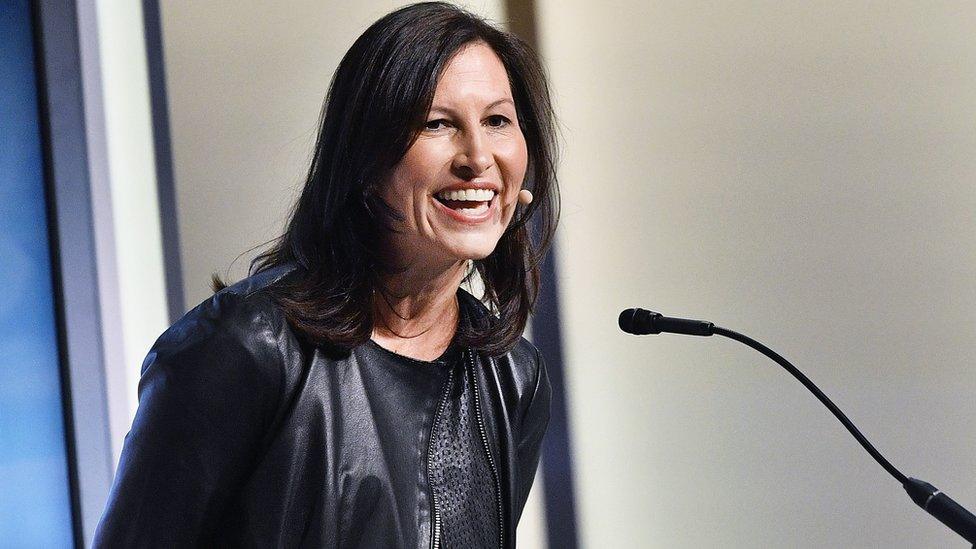
Lisa McKnight joined Mattel in 1998
After falling 25% between 2012 and 2017, sales have started to bounce back. Turnover increased by 14% last year, to more than $1bn. This year, sales are up about 10%, and the hope is that this will continue with Barbie finding a place under the Christmas tree next week.
Taking risks
The gains represent a rare bright spot for Mattel, which has seen group sales fall every year since 2013. The company has taken note: This autumn, the toymaker released a line of gender neutral dolls, with mix and match outfits and features.
"One of the things they've been doing for a while that's really smart is taking advantage of trends that they're seeing in the real world," says Juli Lennett, toys industry analyst at market research firm NPD Group.
Of the Barbie "fashionista" dolls in curvy, tall and petite, she adds: "They took a little bit of a risk in doing that and they continue to take some risks in that space."
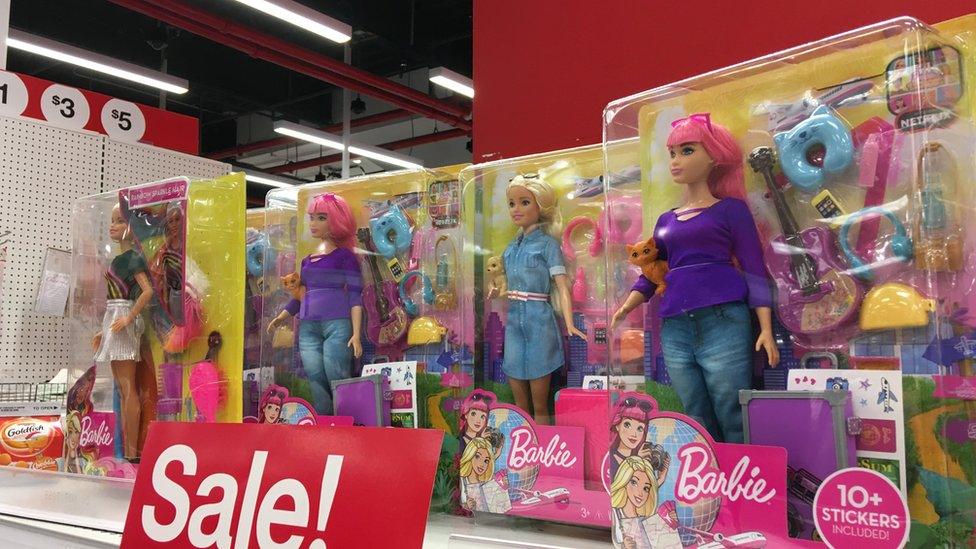
Barbie has added new body and hair types to its line of dolls
Ms McKnight says the company has been paying more attention to parents. Many of the recent changes are aimed at addressing potential concerns about negative self image and the dolls' effect on girls' confidence.
Barbie has also updated its outreach to girls - the brand's core consumer is girls aged five and eight. She has a television show on Netflix and more than 8 million subscribers to her YouTube channel, which has episodes ranging from makeup tutorials to analysis of girls' reflexive apologies.
But challenges remain.
Sales have yet to surpass the $1.2bn Mattel reported in 2012 and the doll continues to be polarising: a recent YouGov survey in the UK, for example, found 29% of opinions were positive, while 33% were negative.
New mum Suzanna Campbell says she enjoyed her own Barbies and appreciates the way Mattel has tried to refresh the toy's image. But she still doesn't plan to buy the doll for her daughter.
"As much as Barbie is trying to adapt, they've created a strong stamp of that perceived-perfect," says the 32-year-old, who lives in New York. "There are so many other, better brands out there now. And I don't want her to ever grow up thinking she has to look a certain way."
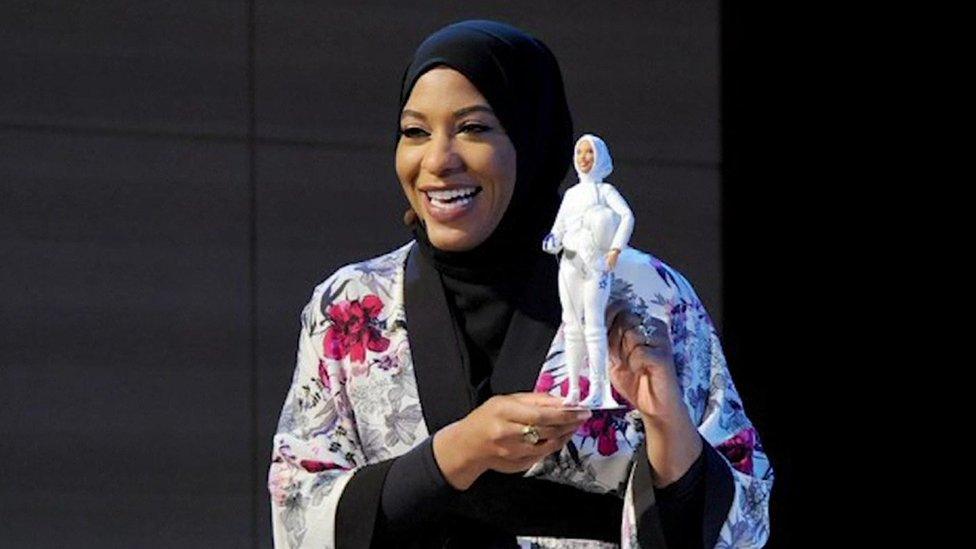
Mattel released the first hijab-wearing Barbie in 2017 honouring Ibtihaj Muhammad, an American fencer
Changing views will take time, says Richard Haigh, managing director of UK consultancy Brand Finance, which found that Barbie's brand value fell between 2015 and 2019 on its annual ranking, although it is poised for an uptick in 2020.
"Broadening her careers or ethnicities does not distract from the fact that the primary criticism of Barbie is that she is an overtly sexual doll aimed at young children whose perfection has been suggested to cause issues with body confidence," he says.
'Same old stuff'
Barbie's core business still revolves around the blonde original, with many of the more specialised career and role-model dolls less widely available, says Oregon State University psychology professor Aurora Sherman, co-author of 2014 study that found girls' sense of career possibilities shrank after playing with Barbie - even if the doll was dressed as a doctor.
Much of the Barbie material that Mattel promotes via YouTube and other outlets also remains problematic, Prof Sherman says.
"It's the same-old, same-old," she says. "It's got a new wrapper, but it's got a lot of the same old stuff."
Taking 'risks'
The Barbies that made the 2019 lists of top-selling toys look a lot like the traditional doll, featuring pink planes, holiday gowns and sparkle hair.
But Ms McKnight says the sales uptick is a sign Barbie's makeover is working.
About 55% of Barbies sold globally are diverse in skin tone, hair colour or body type, she says. And in the UK, for example, wheelchair Barbie - which Mattel released this year in response to customer demands - is the best-selling doll among the top-selling fashionista line.
"The diverse product line is really resonating," she says. "With any legacy brand with years of history, you're going to have peaks and you're going to have some valleys. We're incredibly proud of the progress that we're making."
Parents - and children - may still need convincing.
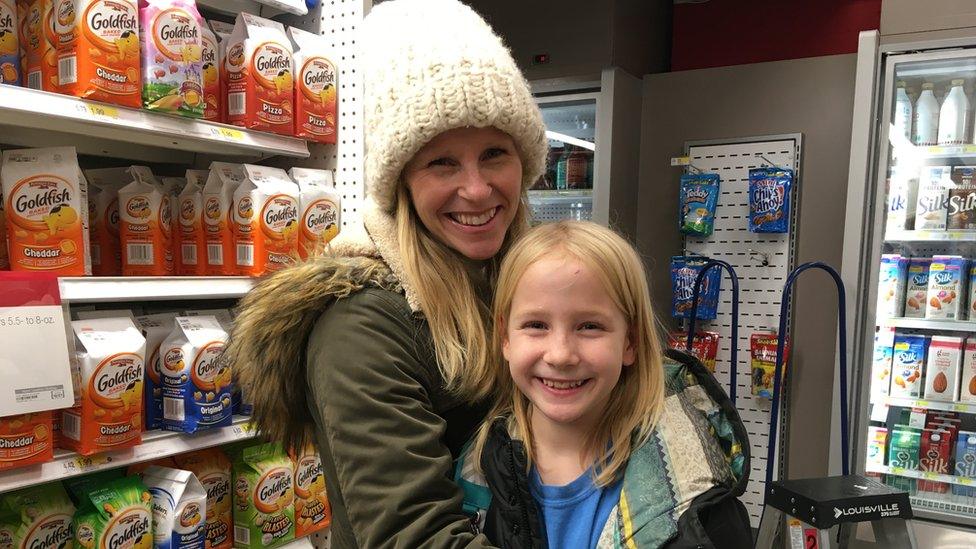
Nine-year-old Claire Stansberry says Legos are her must-have Christmas toy
Thirteen-year-old Kailin Zhang says people her age make fun of Barbie for her plastic surgery-like look. As for her little sister, she "doesn't play with dolls. She plays with her phone".
Nine-year-old Claire Stansberry says she's fine playing with her mum's old Barbie dolls, but Legos are the must-have item on her Christmas list.
"I like her," she says. "But I don't usually play with her."
- Published25 September 2019
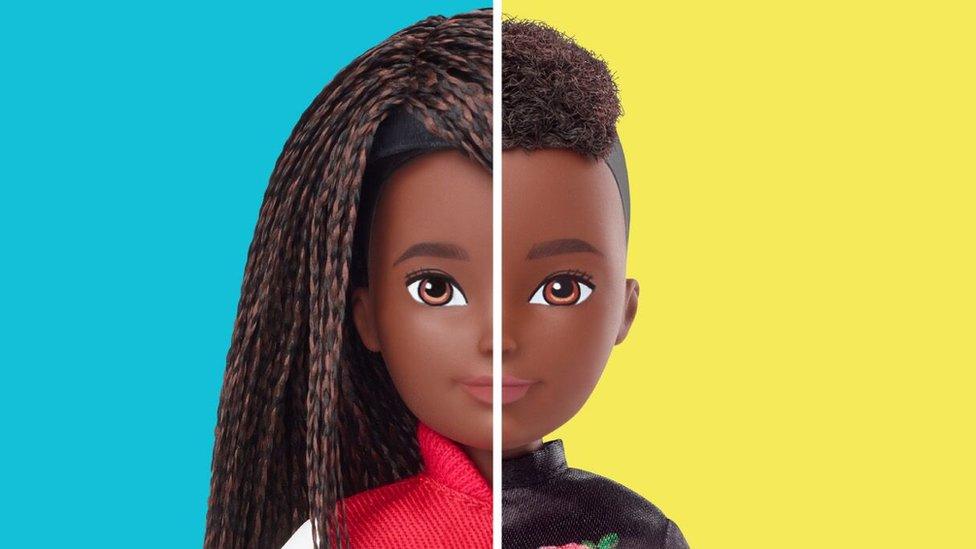
- Published15 November 2017
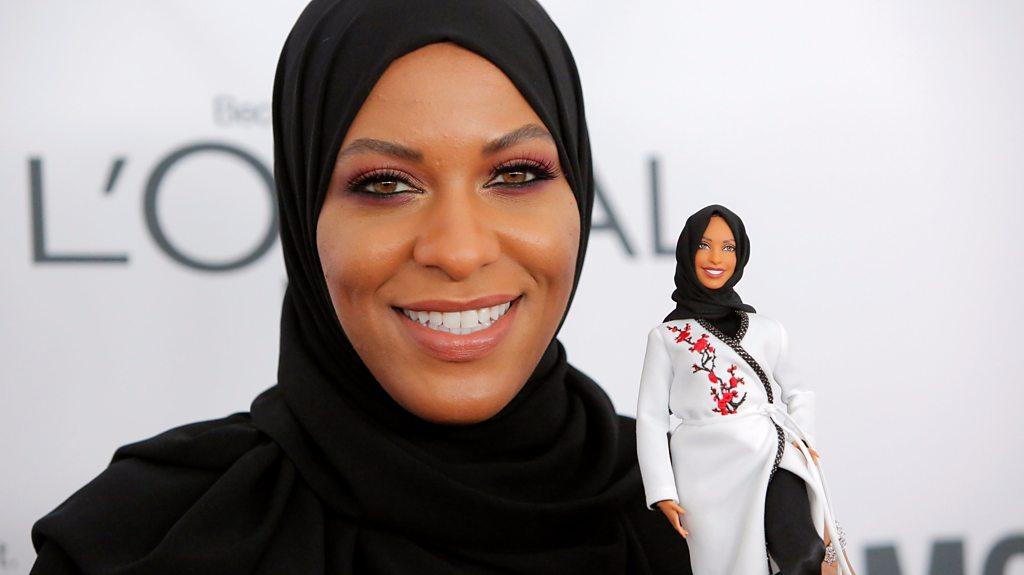
- Published27 August 2019
